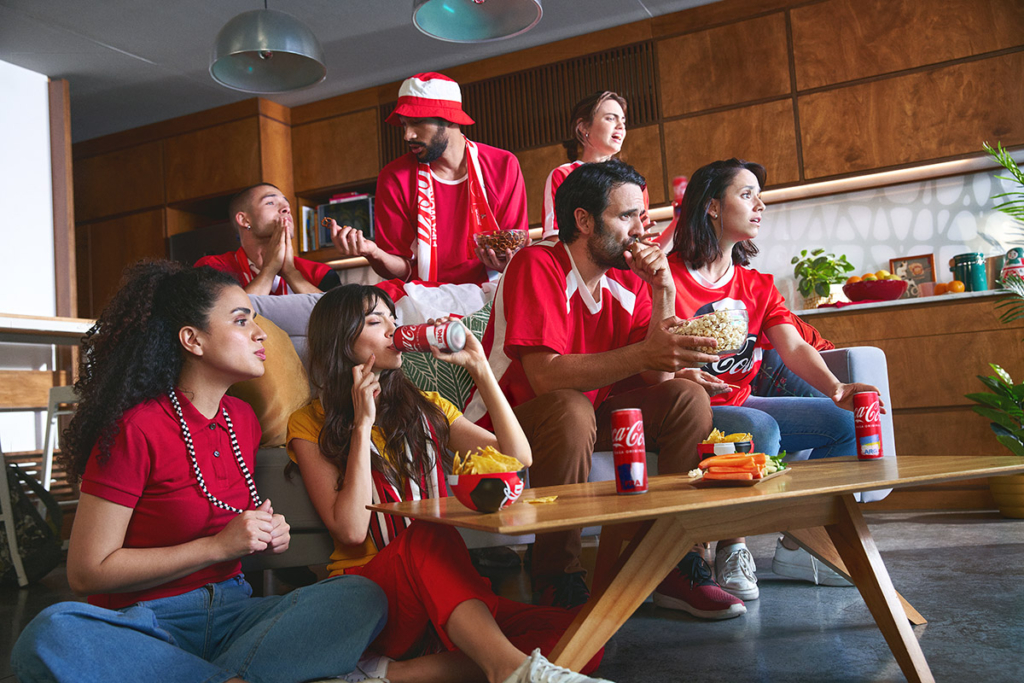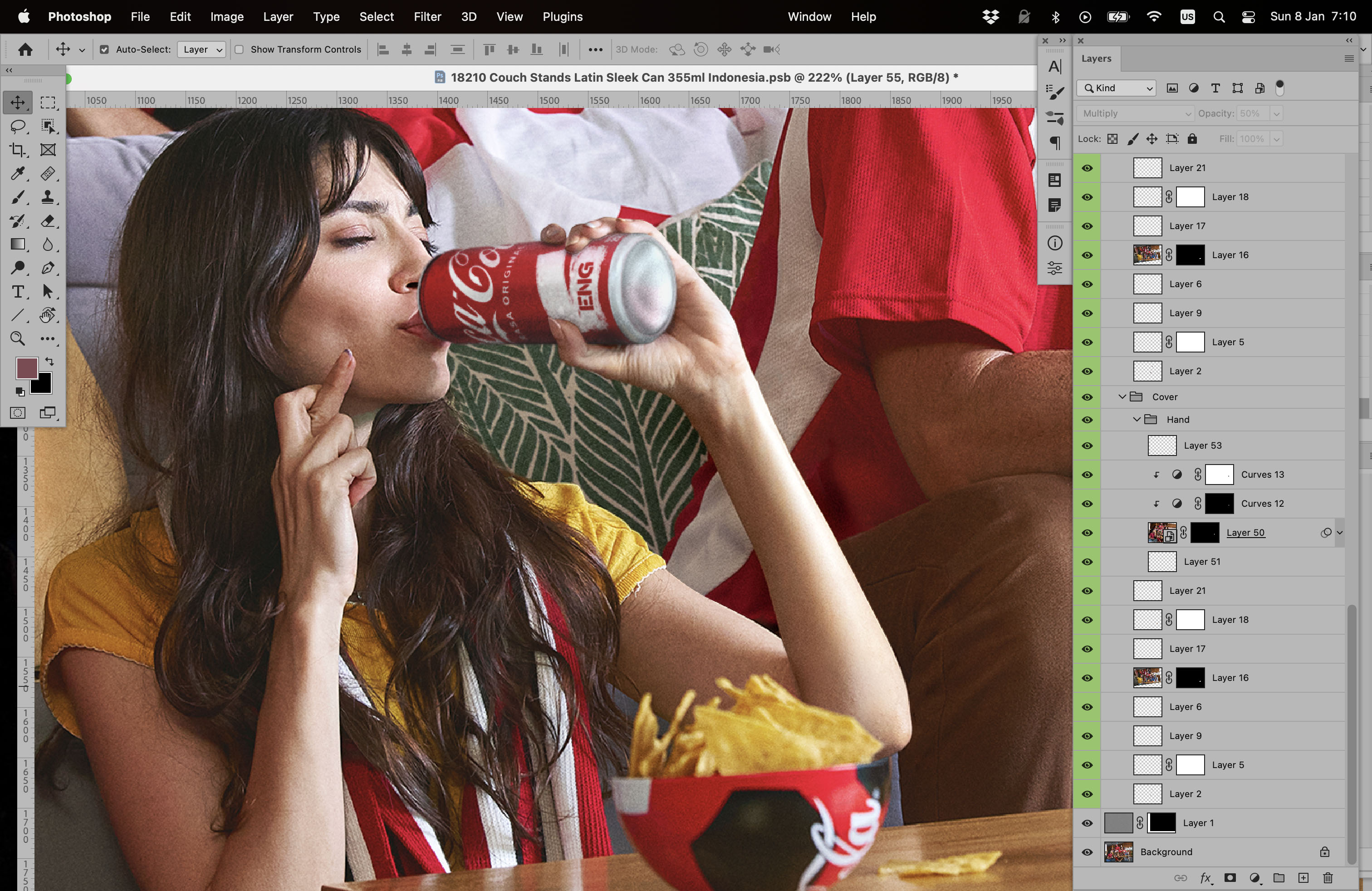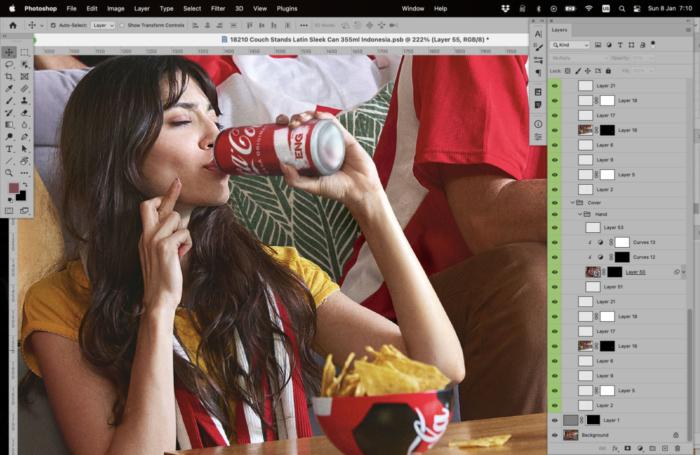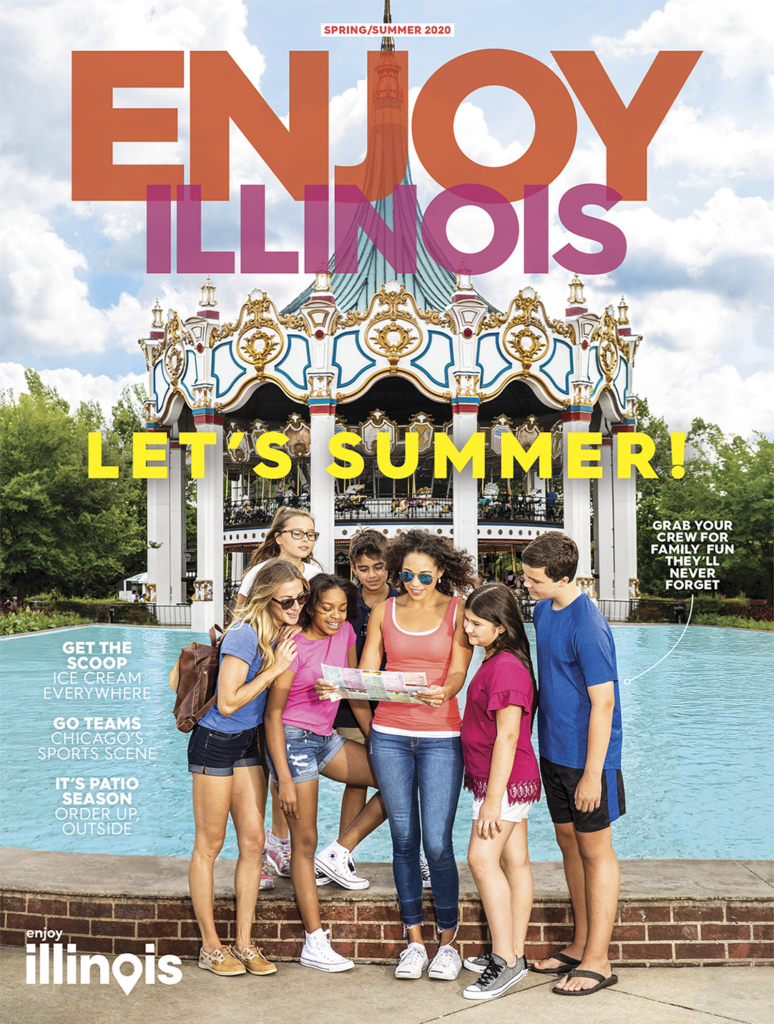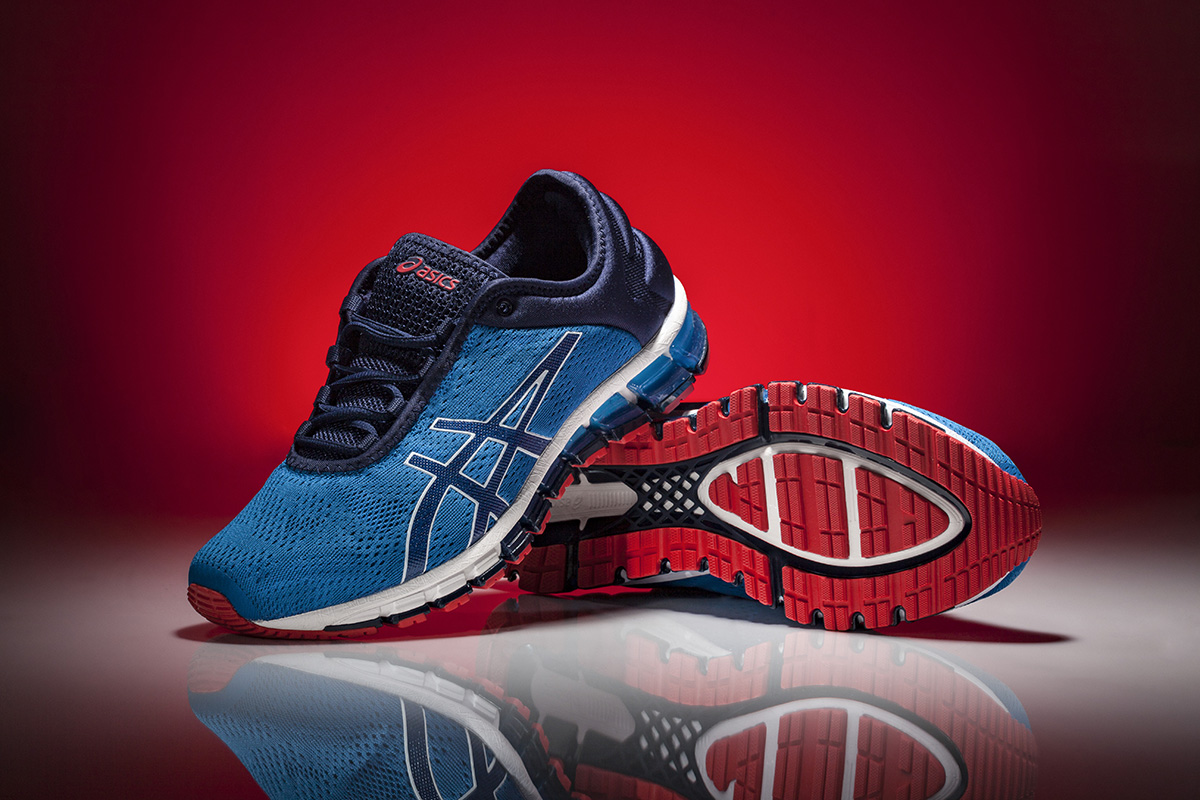Now that the 2022 FIFA World Cup in Qatar is over, I can share part of an incredible retouching project I was fortunate enough to have been involved.
For the 2022 FIFA World Cup, Coca-Cola wanted to create an advertising campaign around people around the world watching the matches while drinking Cokes from specially-produced cans and bottles. Because of the production timeline, it was impossible to have the bottles and cans produced in time for the photo shoots. The answer was to replace the existing products with 3D CGI renders.
The process involved taking the 3D renders, scaling to the proper size, adjusting the lighting to match the scene, and blending it into the photograph; this meant adding color casts, blurring to match the depth-of-field, adding condensation and bubbles as needed, and shadows. It simply was one of the most challenging retouching efforts I’ve done. Luckily, I worked with wonderful retouchers and project managers at INDG. I learned so much during that time and continue to learn more as I do additional freelance retouching with the company.
Below are some completed images and some before and after sliders.
